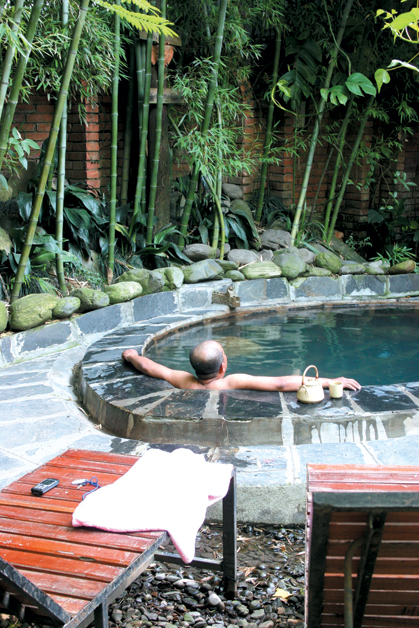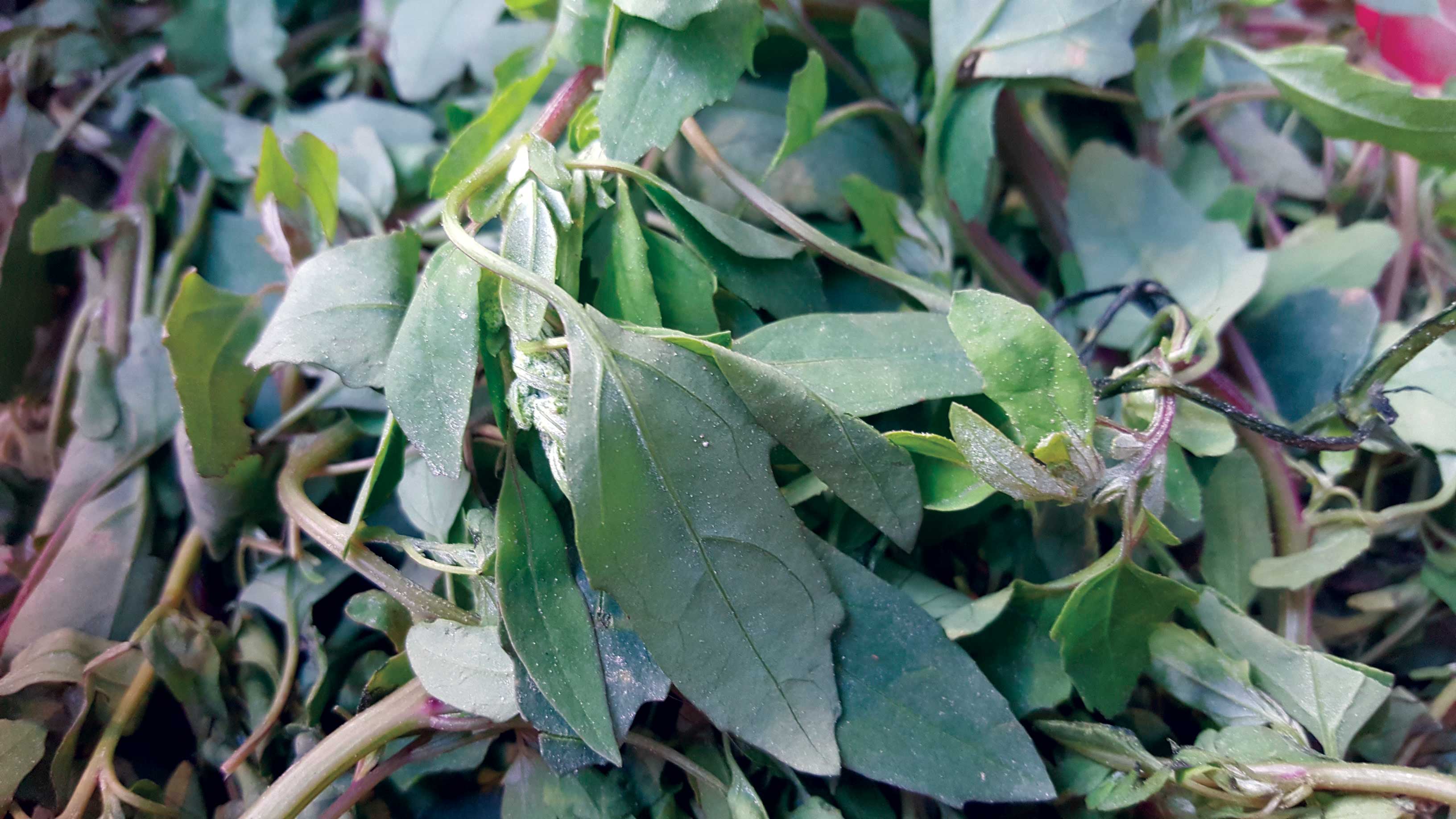When one thinks of visiting a spa,Lazimpat is not one of the locations that spring to mind, much less a restaurant just off the main street. Yet, there it is—The Royal Hana Japanese Restaurant and Spa. Tucked away in the peaceful surroundings of a lush bamboo garden, it is hard to believe that such a retreat really exists in such close proximity to the cacophony and chaos of Kathmandu’s traffic. Royal Hana is literally ten to twelve footsteps away from the Lazimpat road!
A spa is a place with water that has special therapeutic properties. This can include mineral springs, natural volcanic hot springs or even cold-water treatments. The word ‘spa’ is derived from the Belgian town of Spa. The origins of spas can be traced back to ancient Rome and their thermae (a Roman public bath house). Similar to the Romans, the Japanese too have their public bathhouses. In many cultures today, bathing is a private activity. Not so for the Japanese. An onsen is a Japanese public outdoor bathhouse with hot spring baths. Eight years in operation, this retreat (Royal Hana) right in the middle of the city feels like an actual onsen in a remote Japanese village because the immense use of bamboo in and around the premises is very reminiscent of Japan. The bamboo-clad Royal Hana has two baths. Both are operational after 3 pm. Advance booking is advised for large groups. The charge per person for use of the facilities is Rs. 300 plus tax of Rs. 40. Customers are free to stay as long as they like up to 9 p.m. Soap, shampoo and attire are provided by the restaurant. A shower before entering the bath is compulsory and the bath is only for soaking. Japanese green tea is served to the bathers, compliments of the restaurant.
 The water temperature is very hot. It is set at 43°C. Health benefits from such an indulgence are aplenty. It helps in inducing relaxation, stress alleviation, improves blood circulation, causes deep pore anti-bacterial cleansing and thwarts sleepless nights. Mugwort (Yomagi in Japanese, Teetay Patay in Nepali) is the most crucial of many herbs added to the bath water. The hot baths are a part of the Japanese daily culture. This Japanese habit could be one of the factors for their acclaimed longevity. However, it is not recommended for people with extreme high blood pressure and for people with skin diseases as it may aggravate their conditions. According to the owners of the restaurant, their major customers are locals and sometimes expatriates. Seasonal tourists including Japanese tourists visit the place usually after trekking. It is also recommend for people working in the corporate sector. The spa is a good respite from the hectic pace of corporate life. The mental and physical rejuvenation one experiences after an evening spent in a hot bath prepares one for the stress and strains of the next day.
The water temperature is very hot. It is set at 43°C. Health benefits from such an indulgence are aplenty. It helps in inducing relaxation, stress alleviation, improves blood circulation, causes deep pore anti-bacterial cleansing and thwarts sleepless nights. Mugwort (Yomagi in Japanese, Teetay Patay in Nepali) is the most crucial of many herbs added to the bath water. The hot baths are a part of the Japanese daily culture. This Japanese habit could be one of the factors for their acclaimed longevity. However, it is not recommended for people with extreme high blood pressure and for people with skin diseases as it may aggravate their conditions. According to the owners of the restaurant, their major customers are locals and sometimes expatriates. Seasonal tourists including Japanese tourists visit the place usually after trekking. It is also recommend for people working in the corporate sector. The spa is a good respite from the hectic pace of corporate life. The mental and physical rejuvenation one experiences after an evening spent in a hot bath prepares one for the stress and strains of the next day.
To ensure customer satisfaction, the bath is cleaned and the water is discarded everyday, not recycled. Beer, sake and soft drinks are allowed in the spa area, but hard liquor and smoking are prohibited. I asked the owners if voyeurism was a problem here and whether or not Japanese onsen etiquettes were followed here in Nepal. It would, after all, be difficult to instill Japanese values in a country so different and so far from Japan. It is heartening to hear that their customers are very respectful of the etiquettes and that so far the only problem they’ve had is that children treat it like a swimming pool by splashing water and trying to swim in it.
Many odd things have come out of Japan—sumo wrestling, blow fish on a plate, toilet seat warmers, raw fish wrapped in sea-weed, robotic dogs, paper houses, Pokemon… the list is endless. Yet, the world seems to embrace everything Japan has to offer. As outrageous as some of their innovations might be, they’re at the forefront of technological innovation. In true Japanese spirit, they’ve managed to materialize every passing human fancy into technologically sound products. With hot spring baths, something tells me the Japanese have been on to something.










